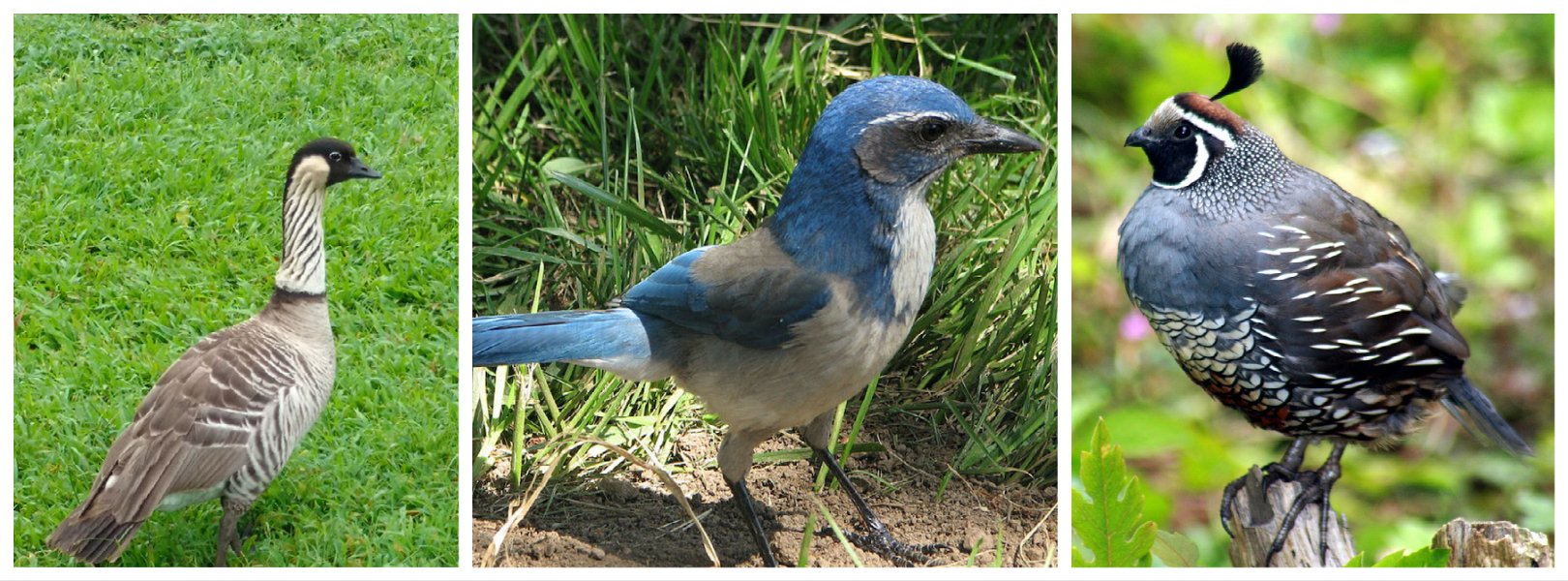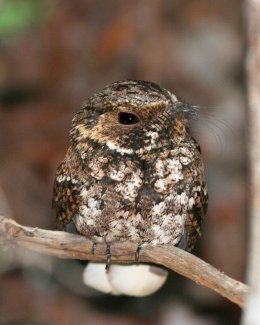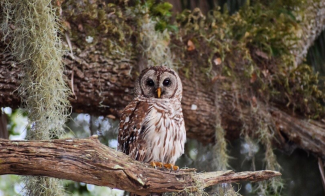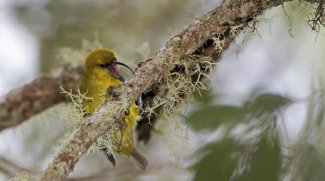Birds


Field studies of birds have played a key role throughout the history and development of both natural resource management and ecology. Breeding landbirds (i.e., birds that are diurnal and resident in or migrating through terrestrial habitats) were chosen to be a component of NEON’s suite of biodiversity measurements, because they:
- Have proven useful in large-scale modeling of climate impacts (Stralberg et al. 2009, Tingley et al. 2012)
- Are consumers of other NEON target taxa (i.e., insects, plants)
- Serve as reservoirs for mosquito-borne diseases of interest to NEON (e.g., West Nile Virus; LaDeau et al. 2007, McKenzie and Goulet 2010)
- Can be impacted by nest predation by small mammals (also a NEON target taxon; Schmidt et al. 2008)
- Are vulnerable to changing climates (Gardali et al. 2012)
- Respond strongly to land-use change (Luther et al. 2008, Newbold et al. 2012, Jongsomjit et al. 2012)
NEON collects observations of birds at terrestrial field sites to capture interannual variation in the abundance, diversity, and distribution of birds within each NEON domain and across the continent. The sampling protocol is focused on breeding landbirds, including songbirds and other birds that are diurnal and that reside in or migrate through terrestrial habitats during the breeding season, however, all bird species observed are recorded in the data. These open access bird data are available from the NEON data portal.

A Barred Owl (Strix varia) at the Disney Wilderness Preserve field site in Florida.
Sampling Design and Methods
Sampling locations are proportionally distributed in the dominant habitat classes of each field site to facilitate inference at the scale of the entire site. Bird Grids overlap distributed base plots to allow for comparisons between bird data and other NEON observations of plants, soils, mosquitoes, microbes, and beetles. Field scientists sample 5-15 grids at most NEON field sites depending on the geographic size of each site. Each Bird Grid is composed of nine observation points. Some smaller sites cannot accommodate a minimum of 5 grids with required spacing. At these sites, points are distributed throughout the site according to a stratified-random spatial design used for all Terrestrial Observation System sampling, maintaining a 250 m minimum separation and co-located with the NEON distributed base plots.
Collecting Bird Observations

Male akiapolaau (Hemignathus munroi) bird seen at the PUUM field site in Hawaii
Point counts for birds take place during the peak of the breeding season for resident birds (exact months vary by field site). Observations occur at points near or co-located with distributed base plots, located in areas representative of vegetation cover at NEON sites.
- Each point count lasts for six minutes following a two-minute settling-in period.
- Sampling occurs in the early morning when birds are most active and ambient noise is at a minimum.
- Field scientists record the species, sex, and distance from point for every bird seen or heard during the six minutes.
- Sampling bouts occur once per season at larger field sites and twice per season at smaller sites.
Data Products
Breeding Landbird Point Counts (DP1.10003.001)